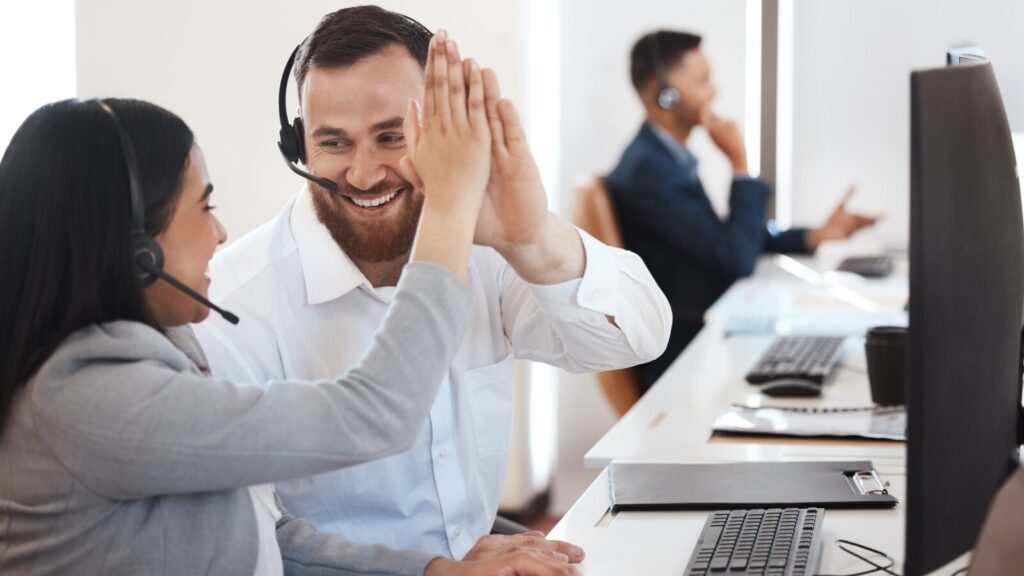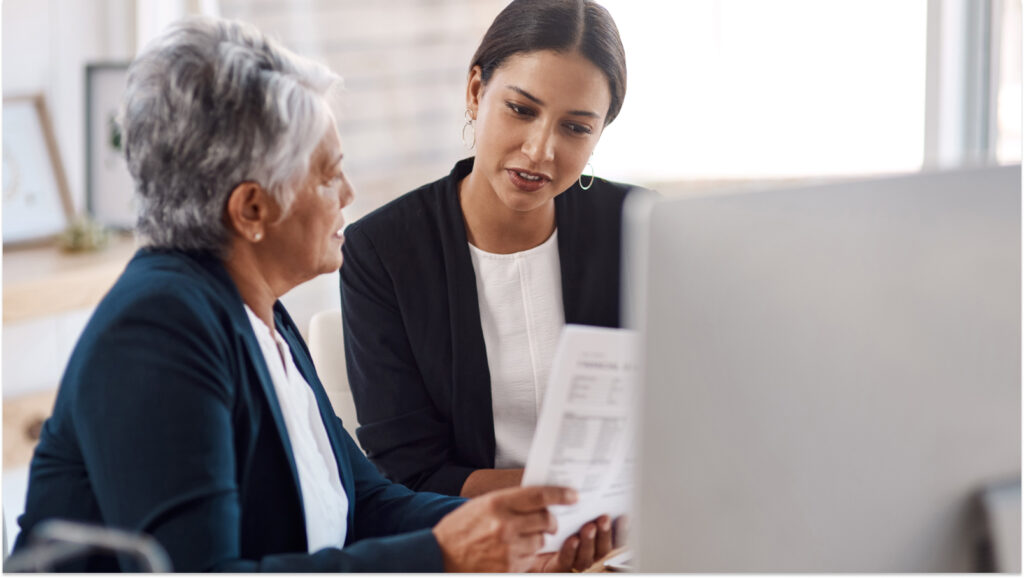Personalization is key to lead generation. In the B2C world, this comes down to understanding the demographic data of the people you are targeting. But in the B2B world, personalization starts with understanding the firmographic data of the organizations you are targeting.
What’s Firmographic Segmentation?
Firmographic segmentation is the process of grouping prospects and customers into segments based on their organizations’ attributes. It helps you to better understand your target audience and tailor your efforts to meet their needs.
7 Firmographic Attributes

1. Industry
The industry of a company tells you what products or services it provides. Their needs will vary depending on the industry.
2. Geographical Location
The geographical location of a company tells you a lot about their market — and their strengths and weaknesses. It can also help you determine where you should focus your marketing efforts.
3. Company Size
Company size is based on annual recurring revenue (ARR) and number of employees. Knowing your target organization’s ARR and budget can help you determine if your product or service is affordable and if you should offer custom pricing.
4. Status
This variable examines companies’ relationships, such as parent-franchise and subsidiary. This information will help you target segments.
5. Performance
Performance metrics, such as profit and loss statements, customer satisfaction scores, employee growth, and financial ratios, help you classify your target audience.
6. Executive Title
Knowing who the decision makers are for buying decisions is key. It helps you tailor your sales and marketing strategies to make sure that you convert prospects into customers.
7. Sales Stage Cycle
The sales stage cycle tells you where a prospect is in the sales cycle. Are they at the awareness stage (getting to know your brand/company) or at the consideration stage (contemplating whether your product is a possible option or not)?
How to Use Firmographic Segmentation to Convert Leads Into Customers
Having accurate firmographic data helps you strengthen your sales and lead generation strategies. Here’s a step-by-step guide on how to use it:
Step 1: Classify Your Audience
As you start to collect more firmographic details about your leads and prospects, you’ll notice patterns. It’s important to classify your target audience into their respective segments based on these patterns.
Step 2: Identify Your Prospects’ Needs
After classifying your audience, identify their needs. It’ll help you tailor your sales and marketing strategies.
For example, if you’re targeting small to medium-sized businesses, you may want to offer custom pricing plans or longer-term contracts. If you’re targeting enterprise-level accounts, you’ll need to offer multiple user accounts and higher-level plans.
Step 3: Create Tailored Messaging
When you know your prospects’ needs, you can create tailored messaging to address them. For example, if you’re targeting enterprise-level accounts, you could focus on the benefits of multiple user accounts and the value of long-term contracts.
Why Is Firmographic Segmentation So Important?
Firmographic segmentation is an important part of your lead generation strategy because it helps you personalize your outreach efforts. By understanding your target audience and tailoring your messaging to meet their needs, you’ll have a better chance of converting leads into customers.
Additionally, firmographic segmentation can help you identify new markets to target and increase your reach. For example, if you find that a certain segment of your target audience is more likely to convert, you can focus your efforts on targeting them.
Conclusion
Firmographic segmentation is a powerful tool for improving your lead generation strategy. By understanding your target audience and tailoring your messaging to meet their needs, you’ll have a better chance of converting leads into customers.






